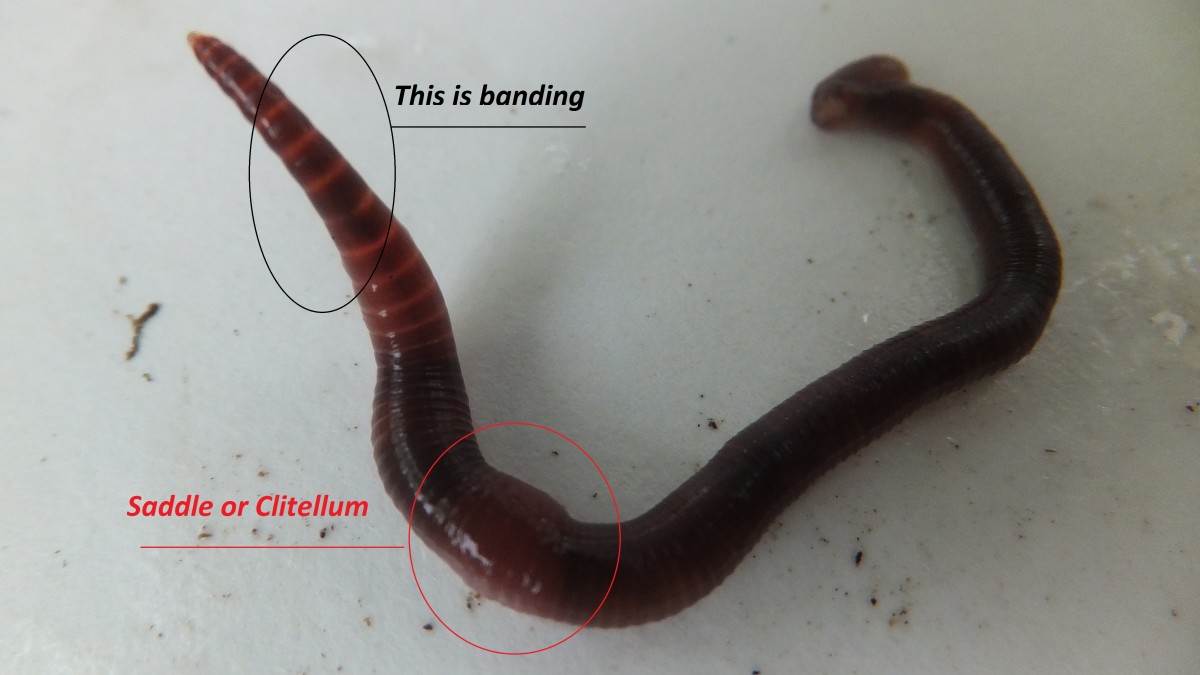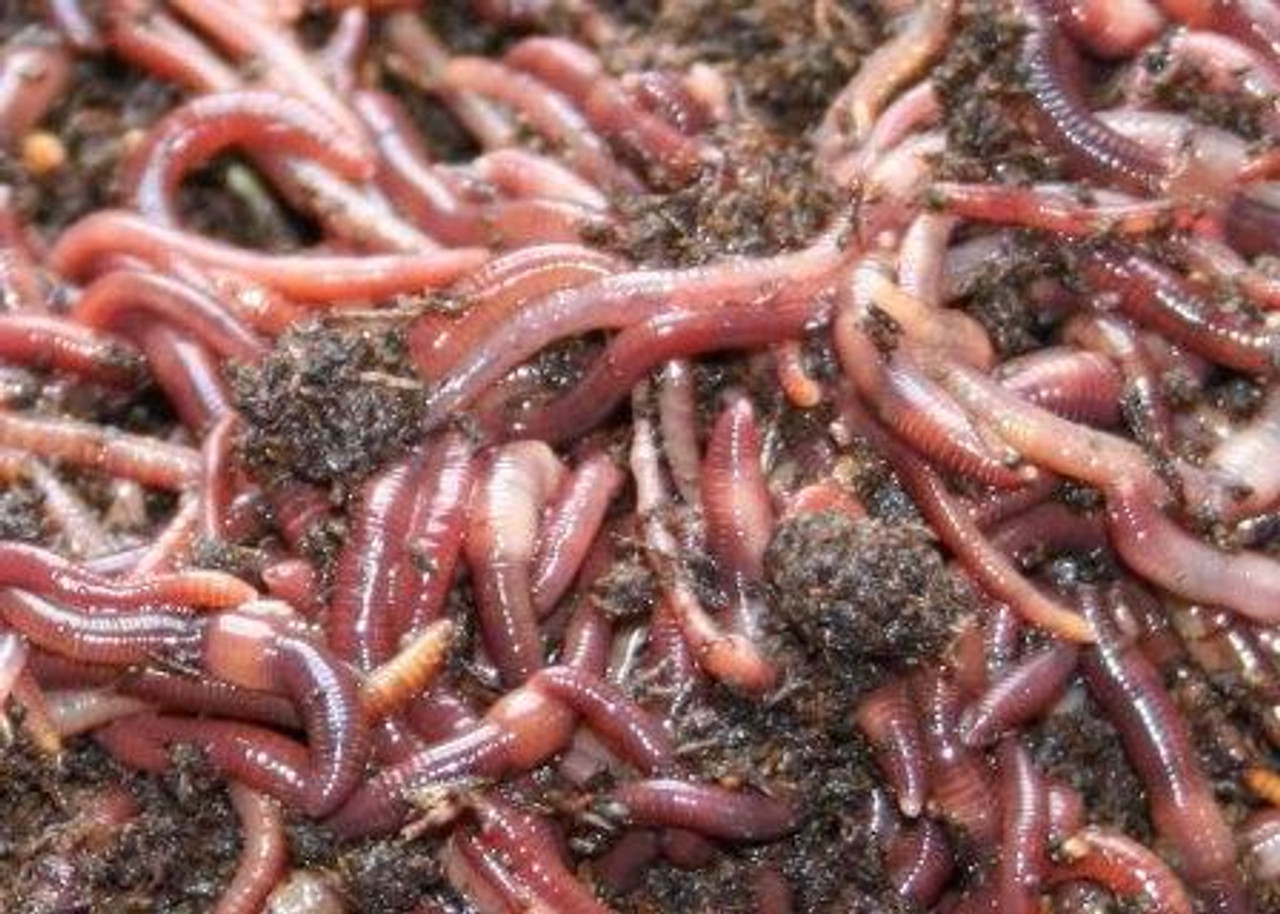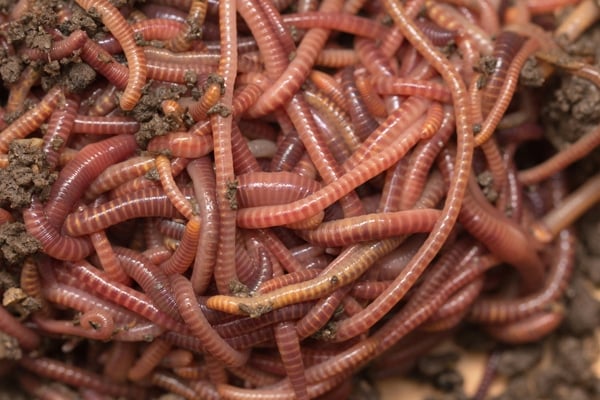Take Care of Your Lawn with the Best Products from Lake Hickory Bait
Take Care of Your Lawn with the Best Products from Lake Hickory Bait
Blog Article
Red Wigglers: The Unsung Heroes of Organic Waste Recycling
Red wigglers, or Eisenia fetida, function as crucial agents in the natural waste reusing procedure, changing thrown out products into important vermicompost. Their reliable breakdown of raw material not only improves soil high quality but likewise adds to lasting waste administration methods. As the world progressively seeks services to fight waste accumulation and improve agricultural productivity, understanding the duty of these worms ends up being important. What mechanisms allow them to thrive in compost environments, and how can they be efficiently used in both property and commercial setups? Checking out these inquiries reveals the broader ramifications of vermicomposting in our eco-friendly landscape.
What Are Red Wigglers?
The remarkable strength of red wigglers, clinically known as Eisenia fetida, emphasizes their vital duty in organic waste recycling. These little, reddish-brown earthworms are typically found in decaying raw material, such as compost heap and manure lots. Lake Hickory Bait. Unlike other earthworm varieties, red wigglers grow in nutrient-rich environments and are very effective at damaging down organic products, making them crucial for vermicomposting

(Red Wiggler Express)In addition to their function in waste decrease, red wigglers add to soil health by boosting dirt structure and aeration with their delving tasks (Lake Hickory Bait). Their presence in composting systems not only improves disintegration prices yet likewise promotes a lasting technique to waste management, showing their value in eco-friendly conservation efforts
Advantages of Composting With Worms
Composting with worms, particularly red wigglers, provides various advantages that improve both waste monitoring and soil health. These worms efficiently break down organic waste, transforming it into nutrient-rich vermicompost that improves dirt. This procedure accelerates decomposition, enabling a quicker recycling of kitchen area scraps and various other organic materials contrasted to conventional composting techniques.
Additionally, the vermicompost produced by red wigglers is including beneficial microbes, which help improve dirt framework, aeration, and moisture retention. This boosts the total health and wellness of plants, promoting strenuous development and boosted yields in gardens and farming settings. The use of worms in composting decreases the production of greenhouse gases, such as methane, contributing to a much more sustainable waste monitoring system.

Exactly How to Begin Vermicomposting
Establishing a vermicomposting system is a straightforward procedure that can generate substantial advantages for both waste management and soil enrichment. To begin, pick an ideal container, such as a plastic container or wooden box, with ample ventilation openings to ensure proper air movement. The dimensions should preferably be about 2 feet by 3 feet, enabling adequate space for the worms to grow.
Following, prepare bed linens material, which check over here can include shredded newspaper, cardboard, or coconut coir. This bed linen ought to be moistened to produce an appropriate environment for the worms. As soon as the bed linens is in location, introduce red wigglers (Eisenia fetida) right into the bin, commonly around one extra pound of worms for every square foot of area.
Following the placement of worms, include organic waste, such as vegetables and fruit scraps, coffee premises, and smashed eggshells. Avoid adding milk, meat, or oils, as these can create smells and bring in insects. Ultimately, place the container in a shaded, temperature-controlled location to maintain optimal problems for worm task. With these steps, you will effectively launch a vermicomposting system that adds to lasting waste monitoring and improves your soil.
Keeping a Healthy And Balanced Worm Bin
(Red Wiggler Express)Maintaining a worm bin prospering needs routine interest and like guarantee the health and wellness of the red wigglers and the effectiveness of the composting process. Appropriate upkeep begins with keeping an eye on the dampness levels; the container ought to be damp but not waterlogged. A good rule of thumb is to keep a consistency comparable to a wrung-out sponge.
Oygenation is vital. Delicately blending the bed linens and food scraps every few weeks prevents compaction and makes certain that all worms have accessibility to oxygen. Furthermore, it is essential to feed the worms suitably. A balanced diet of vegetables and fruit scraps, coffee premises, and crushed eggshells should be provided in moderation to avoid overfeeding, which can result in odors and insects.
If the container comes to be also warm or cool, the worms may become worried. By vigilantly managing these aspects, one can maintain a robust and efficient worm bin.
Effect On Sustainable Living
The successful maintenance of a worm container not only profits the wellness of red wigglers but likewise adds significantly to sustainable living techniques. By reusing organic waste, such as cooking area scraps and yard debris, red wigglers aid divert significant amounts of product from garbage dumps. This reduction in waste not only lowers greenhouse gas discharges yet likewise reduces the ecological worry related to waste monitoring.
In addition, the spreadings created by red wigglers offer as a nutrient-rich natural plant food, boosting dirt wellness and advertising plant growth. This natural choice to chemical fertilizers sustains sustainable farming and horticulture techniques, decreasing reliance on synthetic inputs that can hurt communities. In addition, worm composting fosters recognition of waste management, urging people and neighborhoods to take on even more lasting behaviors.

Verdict
In recap, red wigglers offer as important factors to organic waste reusing via their efficient disintegration of natural products. By incorporating vermicomposting right into waste monitoring methods, people and areas can substantially lower waste while promoting ecological sustainability.
Report this page